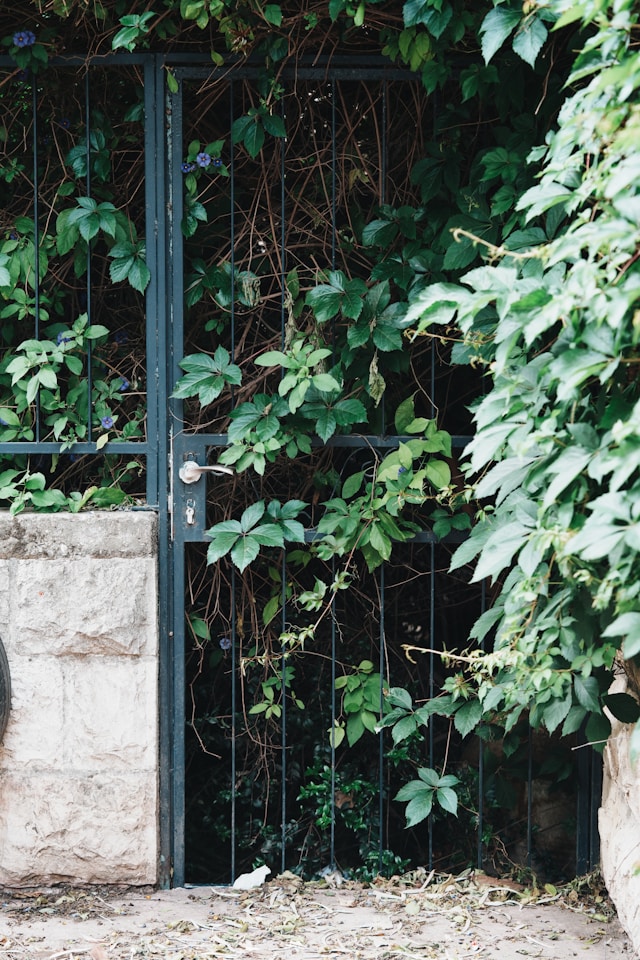
Walk around uptown– maybe downtown. Through the rapidly changing East Side, along the Creek after a storm, or past yet another construction – and you get the feeling things are happening. Big things, small things, things that affect our daily lives, our wallets, our environment, our kids' futures. But sometimes, don't you get the sense that you're only seeing the surface? That there are important stories unfolding just out of view, questions buzzing around that nobody seems to be digging into?
Imagine, for a moment...
You walk past them every day – those two overgrown vacant lots near the neighborhood center. Rumor has it the City owns them, or maybe some defunct agency does. Years ago, there were talks about community gardens, maybe even affordable housing units. Now? Nothing but tall grass and chain-link fences, while rents climb relentlessly around them. Who actually controls these lots? What happened to the plans? Is there usable public land sitting idle while the housing crisis deepens, and why? Following the tangled deeds, tracking down old council minutes, interviewing longtime residents who remember the promises – it takes time, persistence, maybe even navigating open records requests. Who is doing that work?
After that big thunderstorm last week, you noticed the water in Barton Creek, just downstream from that huge new development, looked...off. Murkier than usual, maybe an odd sheen in places. You saw posts about it on the neighborhood forum, but official statements were vague – “natural sediment,” “monitoring ongoing.” But is it just sediment? What exactly is flowing off that massive construction site during downpours? Are the environmental protections being enforced effectively? Could something be impacting the aquifer, the salamanders, the very health of Austin's favorite creek? Getting real answers might mean funding independent water testing, meticulously comparing run-off reports with compliance records, and talking to environmental watchdogs. Who pays for the lab work? Who has the weeks needed to pore over those documents?
Your friend, an AISD teacher, sighs as she talks about the expensive new educational tablets rolled out across the district this year. The software is glitchy, often incompatible with other tools, and honestly, not helping the kids learn the way the glossy brochures promised. It turns out the multi-million dollar contract was awarded without a competitive bidding process. Why this specific company? Who lobbied for the deal? Was the software properly vetted by educators before purchase? Is taxpayer money being spent effectively to actually help Austin students, or did someone just make a really good sales pitch? Answering that requires digging into procurement policies, interviewing frustrated teachers (maybe needing anonymity), analyzing the contract details, and assessing the software's real-world performance. That's not a story you can write in an afternoon.
The Stories We Miss… And Why
These are just imaginings, hypotheticals. But scenarios like these – questions about local development, environmental health, public spending, social equity – echo in neighborhoods across Austin and cities everywhere. They are stories that directly impact our lives.
Yet, they often go untold. Why? Because deep, investigative community journalism is hard work. It takes time, expertise, resources (paying skilled reporters, filing records requests, potential legal consultations, maybe even data analysis or scientific testing). The traditional models that used to support this kind of work at the local level are struggling, as we all know. Newsrooms are thinner, budgets are tighter, and the pressure for quick clicks often outweighs the commitment to long, complex investigations. Individual creators, even talented ones, rarely have the upfront resources to tackle these alone.
What if we didn't have to rely solely on struggling newsrooms or hope a freelancer can somehow self-fund a major investigation?
What if we, the community, could help identify the questions that most need answering? What if we could see a clear proposal from a trusted journalist or a small team to dig into the “Ghost Lots,” the “Cloudy Creek,” or the “District Tablet”?
And what if there was a way for us – neighbors, concerned citizens, local businesses – to directly back that specific investigation? Imagine pooling resources, maybe through something like a “Story-Stock,” to commission the reporting we decide is vital for our community's health and understanding. Imagine enabling journalists to do the work without solely depending on ad clicks or elusive grants.
When these kinds of stories do get told, the impact can be huge. They uncover problems, hold power accountable, inform public debate, and empower residents to make better decisions about their own communities. They replace rumor and frustration with facts and clarity. They are the connective tissue of a functioning local democracy.
What local mysteries do you wish someone would investigate in your corner of Austin? What questions keep nagging at you?
These stories are out there, waiting under our noses. Maybe, just maybe, if we get creative and work together, we can find new ways to finally bring them to light. What Austin stories are waiting for their village to help tell them?